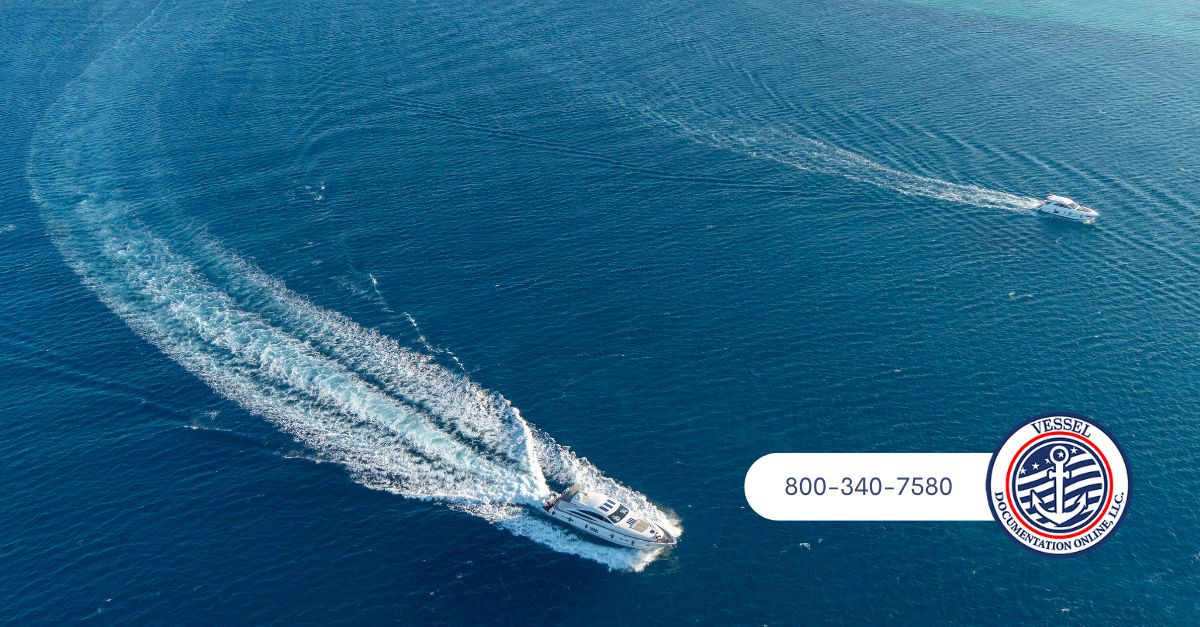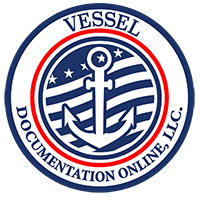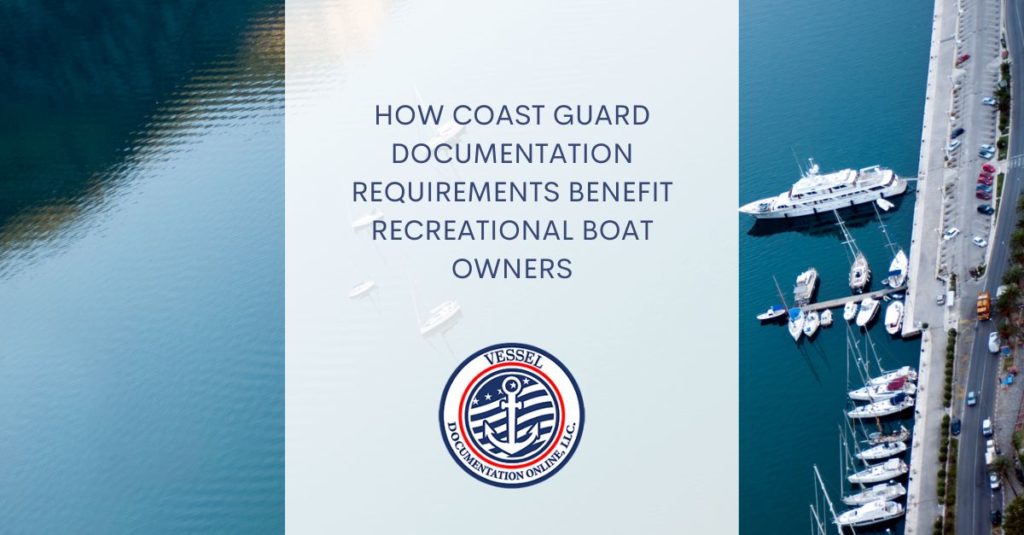Recreational boaters hit the water for different reasons than commercial fishermen, but that doesn’t mean you can avoid the documentation process. Your boat may still need to be reported to the United States Coast Guard. It may differ from commercial documentation so it makes sense to understand what you’re up against so that you can properly file your paperwork. Use this guide to help you understand the Coast Guard Documentation Requirements.
What to Know About Coast Guard Documentation for Recreational Boats
While it’s not legally required that recreational boats be registered with the United States Coast Guard, there are distinct advantages to doing so. They are as follows:
- Enhanced security – this includes proof of ownership and offers protection in cases of theft, loss or other legal disputes.
- International travel – if you want to take your boat beyond United States waters, documentation with the US Coast Guard helps make this possible. Since it could be required by foreign officials, you may want to have it on hand when you travel.
- Access to services and facilities – in some cases, you will receive preferential treatment if you have USCG documentation. That includes certain yachts, marinas and other boat facilities. You may also be able to take advantage of fuel discounts and access to slips at these locations.
- Resale value and financing – in many cases, a vessel that is accompanied by USCG documentation has a higher resale value than one without it and could be more attractive to buyers. The same goes for lenders, who may prefer to finance boats that are documented.
United States Coast Guard Requirements
To be eligible for US Coast Guard documentation for your recreational boat, you will need to meet the following requirements:
- Weigh at least 5 net tons (about 25 feet or more in length)
- Owned by a United States citizen or entity
- Must have a hull identification number (HIN), which can be found on the transom or starboard side of the vessel
- Must provide proof of ownership – this could be a bill of sale, builder’s certificate or other documentation papers, that show the chain of ownership from the first to the current.
- Fees must be paid, including application fees, renewal fees, and any other required fees

Steps for Submitting Paperwork Online
In today’s digital world, it’s never been easier to fill out and submit your vessel documentation online. This makes it much faster and more convenient to get the job done. Use these steps to get you from start to finish with ease:
- Complete your applications online, being sure to check them for accuracy before submitting.
- Track your status online by checking the portal to where you are in the approval process.
- Get help with your applications and documentation from experts who can guide you through each step of your paperwork.
The US Vessel Documentation Center is here to help you understand Coast Guard documentation requirements. Contact us today and we can answer your questions and help facilitate your paperwork by working with you to ensure it’s done accurately to speed up the process and get you out on the water in no time.




